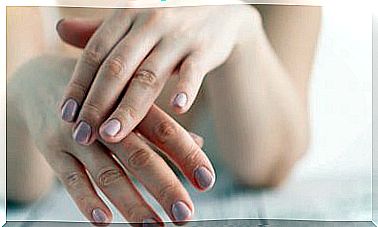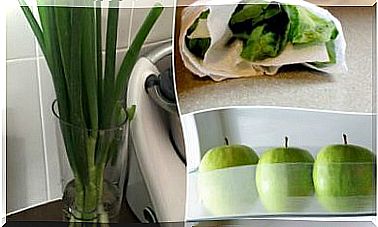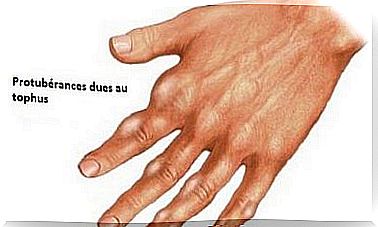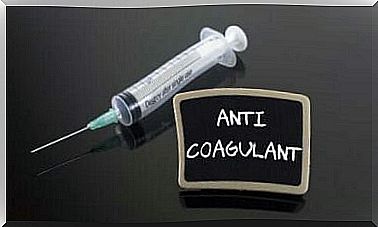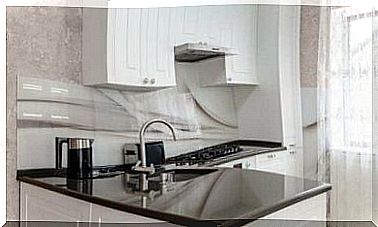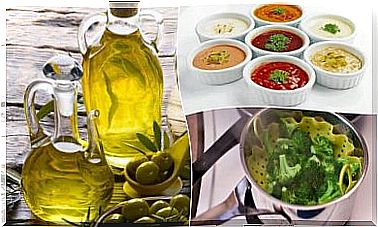5 Tips For Sanitizing Kitchen Sponges
Although we might not notice it at a glance, kitchen sponges are full of microorganisms that can be harmful to health. Do you want to know how to disinfect them? We give you several options here.
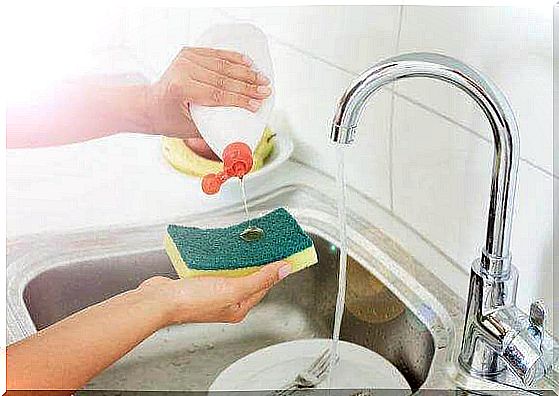
Do you know why it is so important to disinfect your kitchen sponges on a regular basis? Although sponges are usually a great help with household chores, over time they can become a hotbed for bacteria and other harmful microorganisms.
Kitchen sponges are intended for cleaning dirty dishes. Their material makes them an ideal tool for easily removing grease and food residues stuck on dishes and utensils.
Over time, moisture and microcracks become a perfect home for bacteria such as E. coli. Salmonella or the Campylobacter bacterium , among others.
In this type of environment, these bacteria can proliferate more easily and survive for two weeks. When washing dishes, many microorganisms can leave your sponges and end up on your utensils, increasing the risk of infection.
Moreover, some evidence shows that kitchen sponges are one of the most contaminated objects in the entire home, even before the bathroom. The reason ? Moisture and food residues create an environment conducive to the proliferation of many pathogens.
Fortunately, all you need to do is replace your sponges regularly or disinfect them regularly. If you don’t yet know how to do it, don’t miss out on the following five tips! The ideal is to disinfect your sponges after each use.
1. White vinegar, an ally for disinfecting kitchen sponges
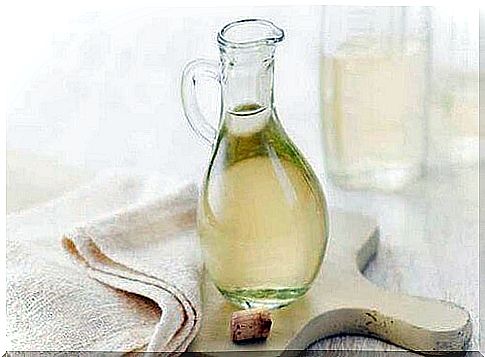
The vinegar is one of the best natural products to disinfect kitchen sponges.
Thanks to its concentration of organic acids, it modifies the environment that microorganisms need to proliferate. In addition, it eliminates odors and grease residues.
How to use it ?
- First, bring the water to a boil.
- Then mix the water and vinegar in equal parts.
- Immerse the sponge in the mixture for about twenty minutes.
- After the specified time has elapsed, wring out the sponge and apply pressure to remove the dirt.
- Finally, if you feel it is necessary, rinse your sponge again, this time in soap and water.
2. Dishwashing liquid
The properties of dish soap can help clean kitchen sponges thoroughly.
However, for a deeper cleaning, the ideal is to use boiling water.
How to use it ?
- To start, in a bowl, pour boiling water, then dissolve a tablespoon of dishwashing liquid in this water.
- Then immerse the sponge in the bowl. Be careful not to burn yourself …
- After about twenty minutes, rinse the sponge and remove the residue.
3. The microwave oven, a means of disinfecting kitchen sponges
The microwave oven is a good ally when it comes to eliminating pathogenic microorganisms from kitchen sponges. The high temperatures alter the humid environment characteristic of sponges, which prevents the proliferation of microorganisms.
How to use it ?
- Take into account that some sponges are made of synthetic materials, which, when exposed to high heat, can melt. So, before resorting to this technique, it is best to introduce the sponge into a deep container filled with water with a little vinegar.
- Then put this container in your microwave for two minutes, then remove it. Be careful not to burn yourself when removing the container from the microwave. If your sponge smells bad or smells of humidity, this method is the solution to eliminate this type of odor instantly.
4. Lemon juice
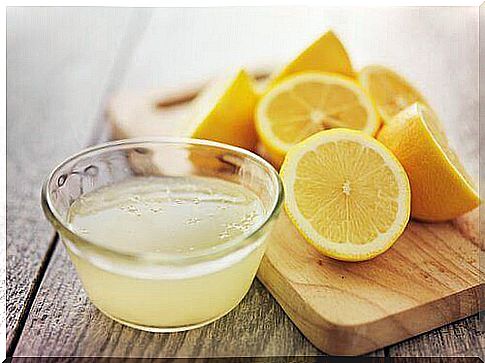
The juice of lemon is not the most powerful disinfectant, but it is a good alternative when we have no other options at hand.
This juice is a natural antibacterial that can help disinfect surfaces and objects. You can use lemon juice if your sponge is dirty or smells bad.
How to use it ?
- Extract the juice from several lemons and pour it into hot water.
- Soak the sponge in the mixture.
- Then rinse your sponge in cold water with a little washing up liquid.
5. Tea tree essential oil, a great option for disinfecting kitchen sponges
This is our last tip for disinfecting kitchen sponges: the amazing tea tree essential oil.
This ingredient, although it is particularly famous for its therapeutic applications, is an excellent solution to eliminate microorganisms. It even helps eliminate the smell of damp and musty.
How to use it ?
- First, pour between fifteen and twenty drops of tea tree essential oil in a cup of boiling water.
- Soak the sponge in the mixture for about twenty minutes.
- Then rinse the sponge and wring it out to remove the residue. If your sponge still looks dirty, apply some dish soap.
New to cleaning your kitchen sponges? Now that you know how important this is, do not hesitate to resort to the tips mentioned in this article!


